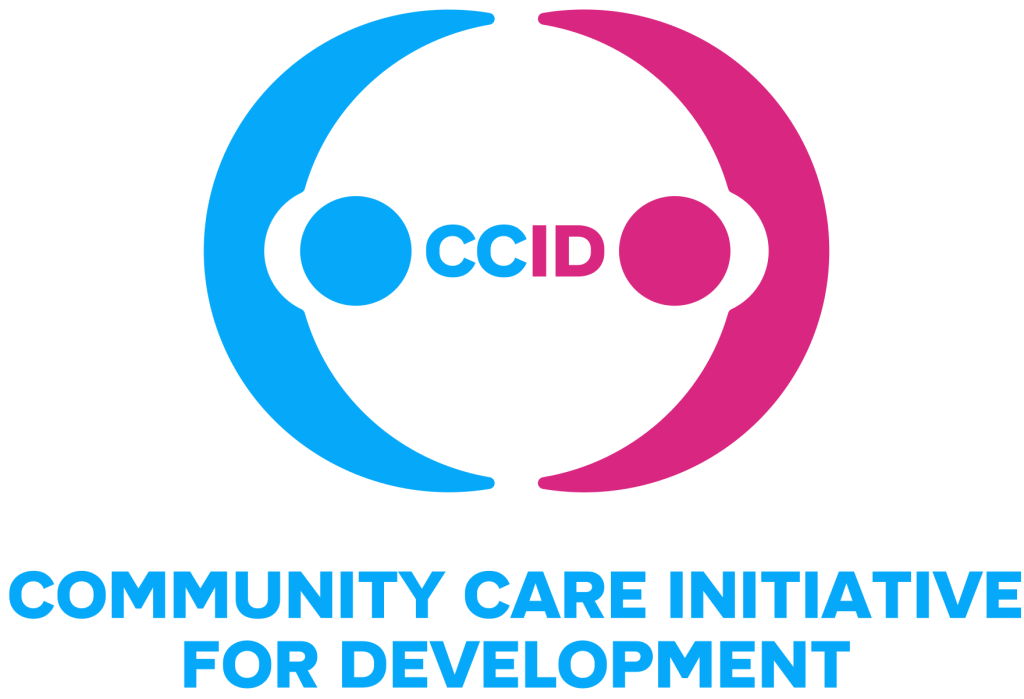“Child labour and humanitarian crises are intimately connected. Fragile situations characterised by instability, income shocks, school closures, lack of decent work opportunities and disruption of social safety nets and services create the conditions for child labour. Conflict, disaster and displacement fuel new and existing risk factors and affect the ability of families and communities to protect children from child labour. ” – Inter-Agency Toolkit: Preventing and Responding to Child Labour in Humanitarian Action
About child labour during crises
The ILO and UNICEF have confirmed that conflicts and crisis can have devastating effects for children, pushing them into child labour, sometimes in its worst forms. According to their latest Global Estimates of Child Labour, one in every four children around the world lives in a country touched by disaster, conflict or fragility. In areas of armed conflict, child labour is 77% more prevalent than the global average.
Crises and conflicts can keep children out of school, cause parents to lose jobs and livelihoods, and overwhelm social systems. Getting children back to school is essential to keeping children out of child labour, including the worst forms. Ideally, child labour should be included in crisis preparedness plans and must be taken into account in every step of humanitarian response.
Acting for children during crises
Earlier this year, the Alliance for Child Protection in Humanitarian Situations released a new toolkit on preventing and responding to child labour in humanitarian action. The publication includes both practical tools and case studies useful for policymakers, practicioners and advocates in the fight against child labour. Recognising that humanitarian crises are major drivers of child labour and including safeguards to not only address child labour when it happens but to prevent children from falling into child labour is crucial to make progress against the SDG goal to eliminate child labour by 2025.
Agricultural Case Studies
With over 71% of all child labour occuring agriculture, mostly in a family context, it is important to consider how crises can cause children to end up working in fields at the expense of thier heath, safety or education. The interagency toolkit provides case studies and tools to help build understanding and capacity to address child labout in humanitarian action.
FAO Guidance on hazardous child labour in agricultural production in Niger Understanding that children often work alongside parents in family farm contexts is important to address child labour in agriculture. The FAO developed practical guidance for small-scale farms in Niger, aimed at keeping all family members safe and helping to build knowledge about which common tasks are hazardous. Nine of the most common tasks were identified: using fertilisers, pesticides and seeds; using irrigation wells; handling sharp tools; carrying heavy loads; using children in rice cultivation; using children to fetch water; tending livestock; fetching wood; and using children for labour-intensive work.
For each task,the guidance provided concrete steps to prevent and remedy hazardous working conditions.
Measuring child labour in agriculture among refugee families The case study aimed to compare methods of in-depth assessments to understand child labour in a crisis setting. The study focuses on two different ways to measure and assess child labour on farms. It looked Syrian refugees in Lebanon, including an 18-month rapid assessment of the demand side of child labour in agriculture and an in-depth research on tented settlements in the agricultural sector of Lebanon’s Beqaa Valley conducted over a 3-year period.
In the end, the findings of both approaches to assess child labour were similar. The importance of having both quantitative and qualitative data was highlighted in both studies.The rapid assessment was more suitable to the operating context.
| This article “Humanitarian Crises: report on responding to child labour in times of emergencies” is from “https://www.eclt.org/en/news/humanitarian-crises-report-on-responding-to-child-labour-in-times-of-emergencies”

